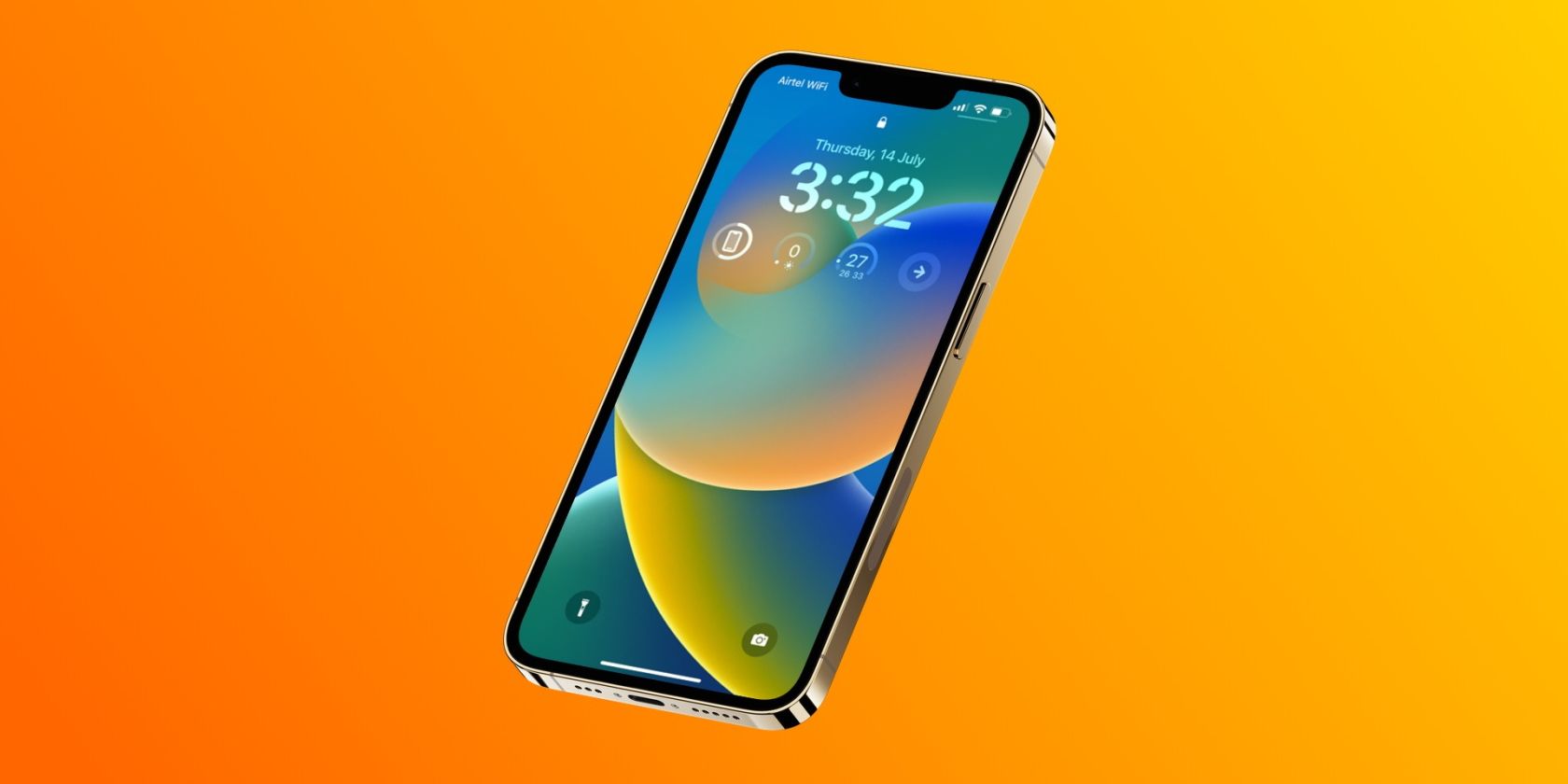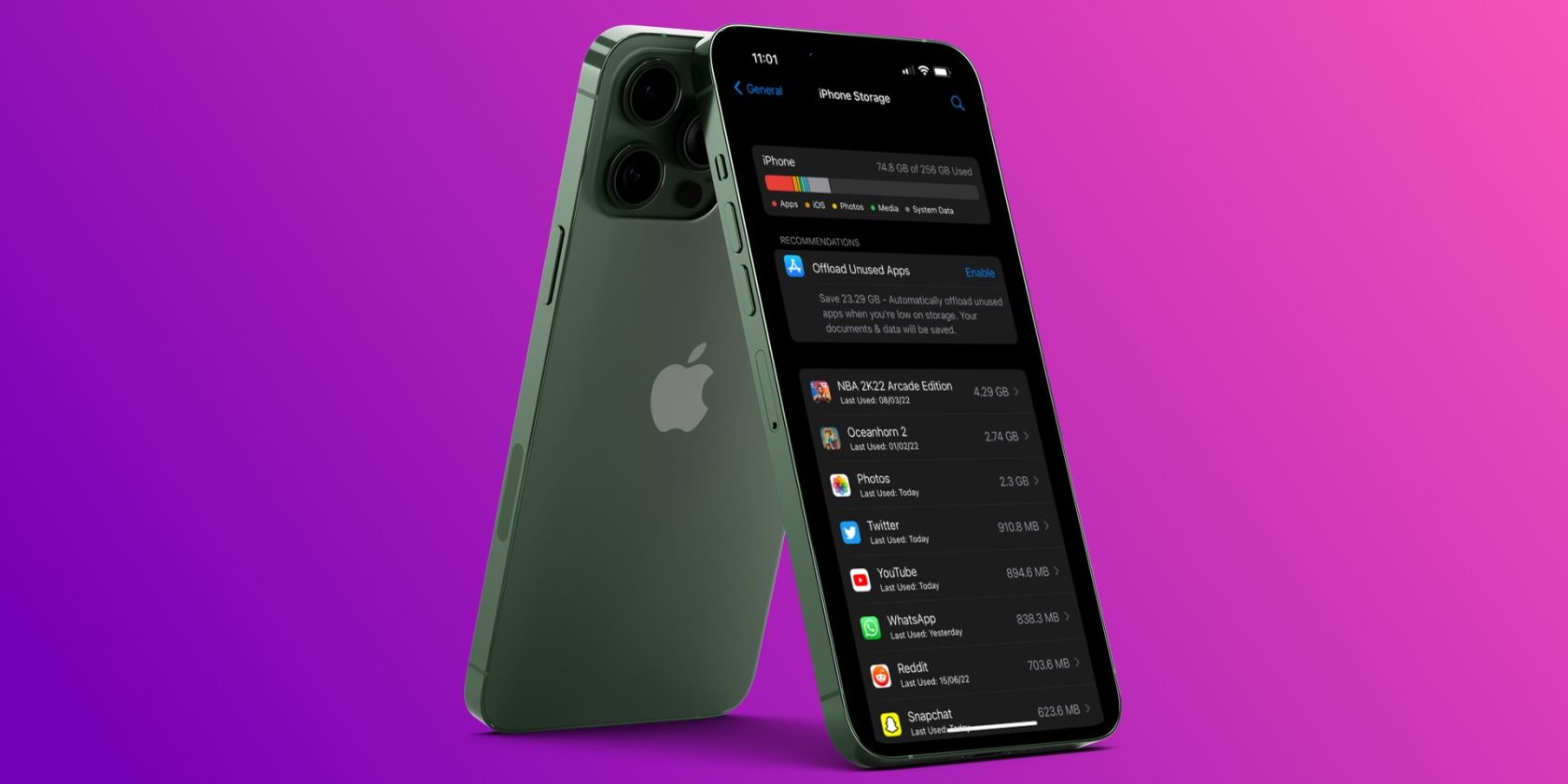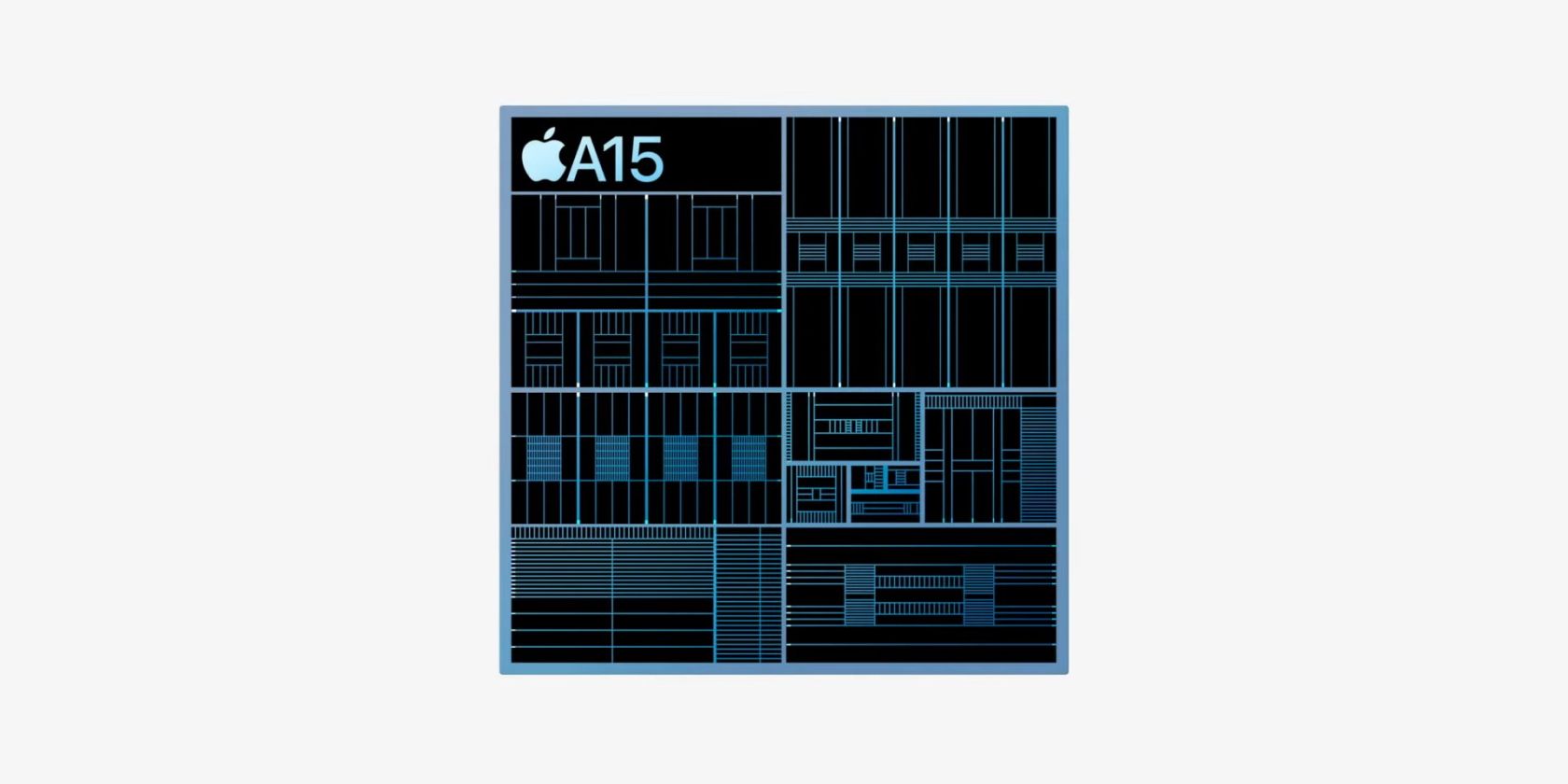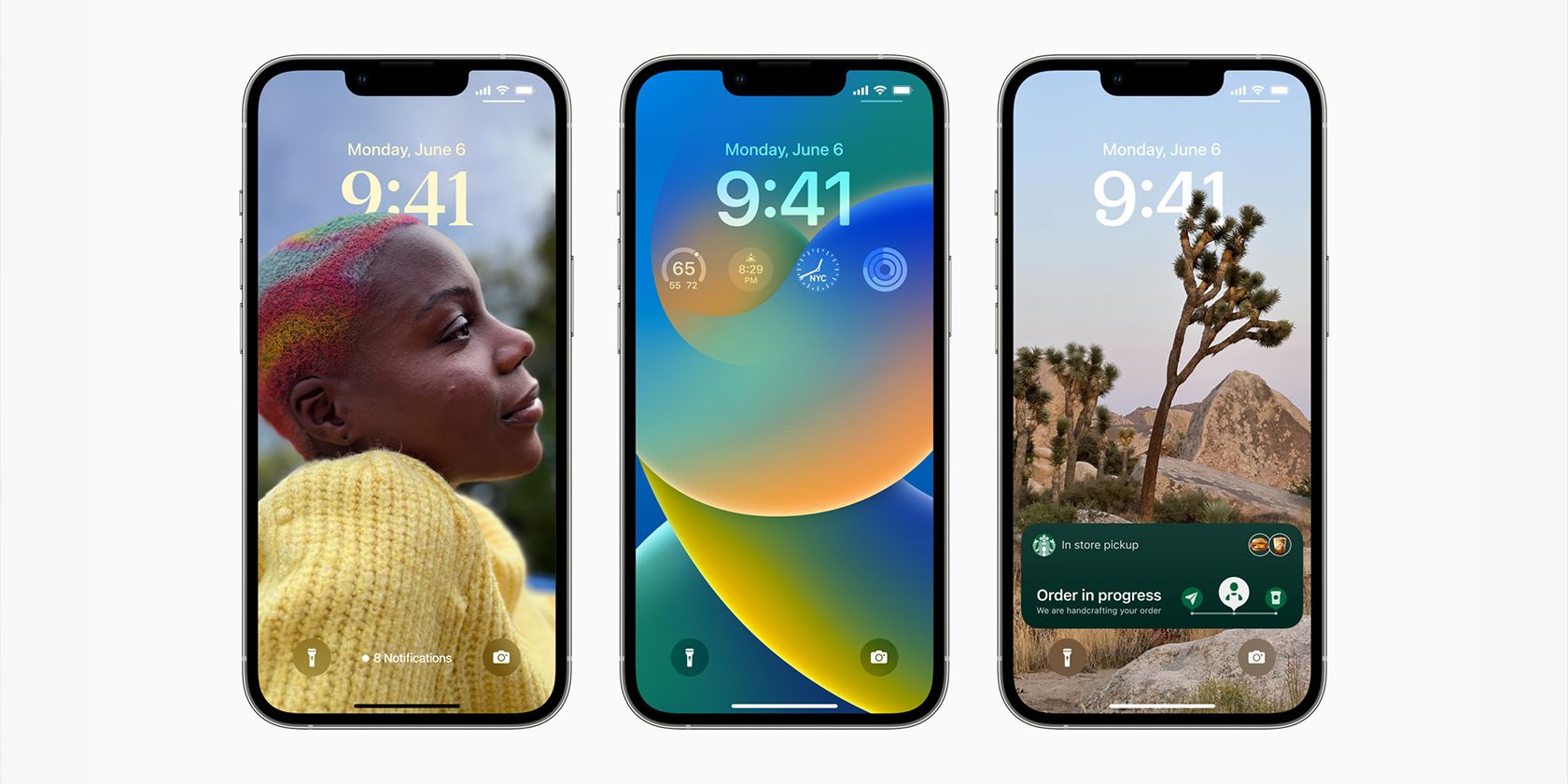With every new generation, smartphone companies include the latest and most advanced tech they have to offer in their devices. This includes the newest chip, camera, software, and more. But this year, with the launch of the iPhone 14 series, Apple has put an end to this.
In 2022, only the Pro models of the new iPhone will get the new A16 Bionic chip, while the standard variants will get last year's A15 Bionic chip introduced alongside the iPhone 13 series. As expected, this has caused a huge debate among fans. But is Apple's decision justifiable? Does it really matter which chip you use? Let's find out.
Why the iPhone 14 Doesn't Have the A16 Bionic Chip
Apple is no stranger to removing features from iPhones. In 2017, it removed the headphone jack from the iPhone 7 to sell AirPods. In 2018, it removed Touch ID from iPhone 8 to push Face ID on the iPhone X. In 2020, it removed the charging brick and earphones from the iPhone 12's retail box for environmental reasons that "accidentally" saved it billions of dollars. Do you see a pattern here?
Whenever Apple removes a particular feature from the iPhone, it does so with a deliberate intent of growing its profits by either increasing revenue or decreasing costs, or both. With the iPhone 14 lineup, Apple seems to be repeating this strategy.
Putting the older A15 Bionic chip with the 5-core GPU in the iPhone 14 and iPhone 14 Plus lowers the cost of production for those models—saving costs and maximizing profits. And making the latest A16 Bionic chip exclusive to the iPhone 14 Pro and iPhone 14 Pro Max entices buyers to buy the more expensive high-end models—increasing revenue.
Does It Matter if You Don't Get A16 Bionic?
Now that we understand why Apple is not including the A16 Bionic chip in the iPhone 14 and iPhone 14 Plus, let's ask the big question: is this decision justified? Well, there are two sides to this story, so let's talk about both of them.
On the one hand, Apple is indeed right not to include the newer chip because it has kept the price of the standard models the same as last year while retaining other improvements such as improved battery life, better camera performance, and satellite connectivity.
And as you may have learned from our comparison of the iPhone 13 Pro Max and the Galaxy S22 Ultra, the A15 Bionic chip is already super powerful—more powerful than any other OEM's chips. In real life, most people would not be able to spot any meaningful difference between the A15 and A16 Bionic chips, so there's no reason to panic over the on-paper performance difference.
On the other hand, this decision is still wrong for several reasons. For one, it means people who keep their iPhones for several years will now have to upgrade a year earlier than they usually do to keep up with the rising performance requirements of modern apps, games, and services.
Secondly, although casual users won't notice the performance difference, hardcore gamers and power users will inevitably observe it after a while—if not immediately—of using their iPhone 14. And this gap will only continue to widen over time.
Also, let's not forget that the processor is one of, if not the most expensive part of a phone. So, Apple choosing to use the older A15 Bionic chip could potentially mean that the iPhone 14 might not retain its value in the resale market as the iPhone 13.
An Older Chip on a Brand New iPhone
What we hate the most about Apple's decision is the effect it might have on the tech industry. It's common knowledge at this point that whatever Apple does, other tech companies usually follow suit in a few years, if not immediately.
Buying a smartphone today is already a less exciting experience than it used to be, and this move by Apple is only making things worse. We would absolutely hate for Android device manufacturers to copy this move and stop including the latest chips on their flagships.




